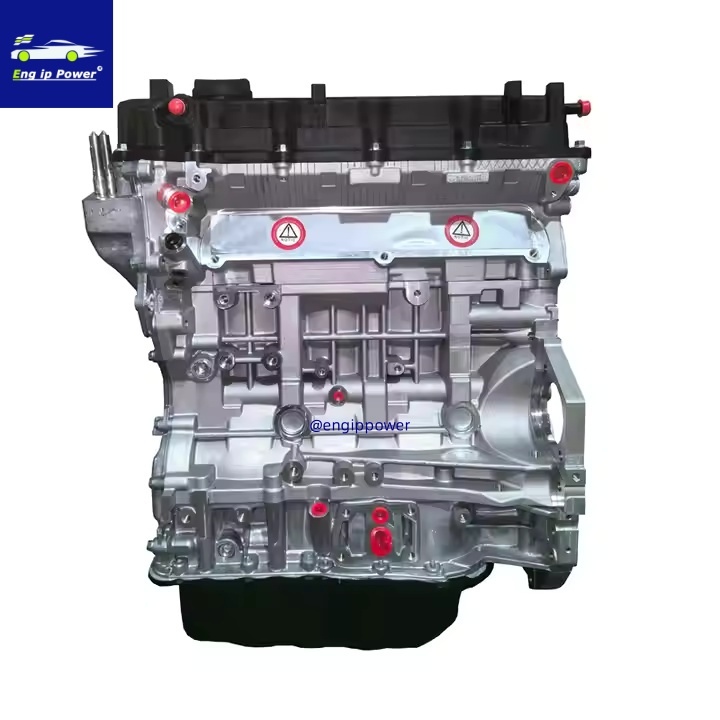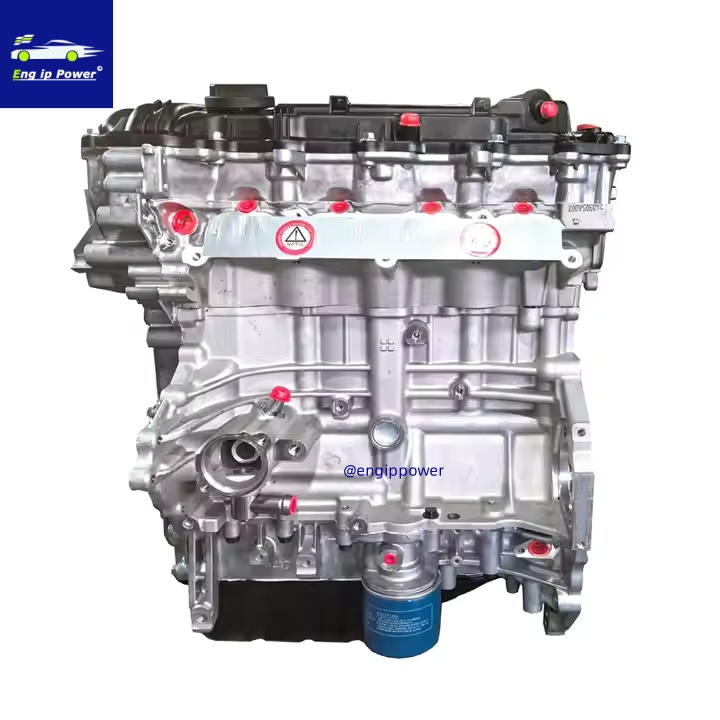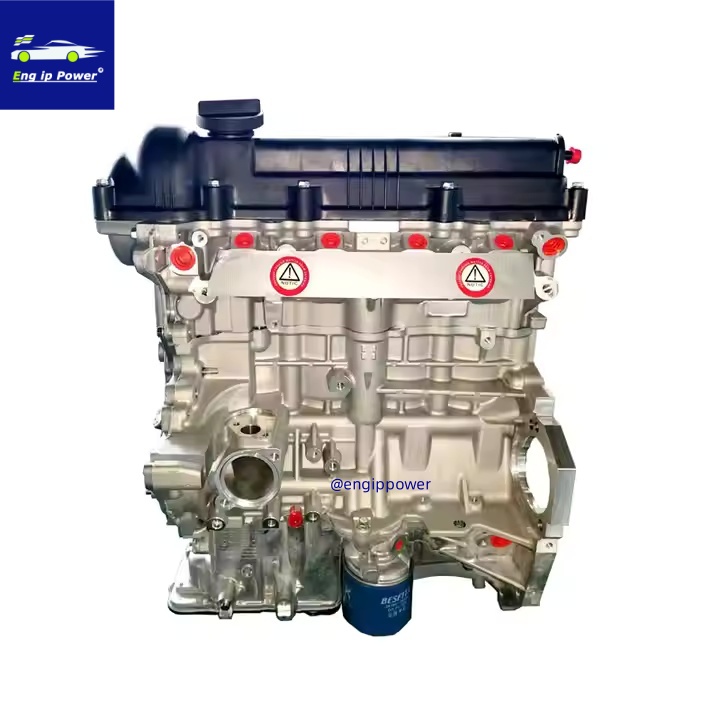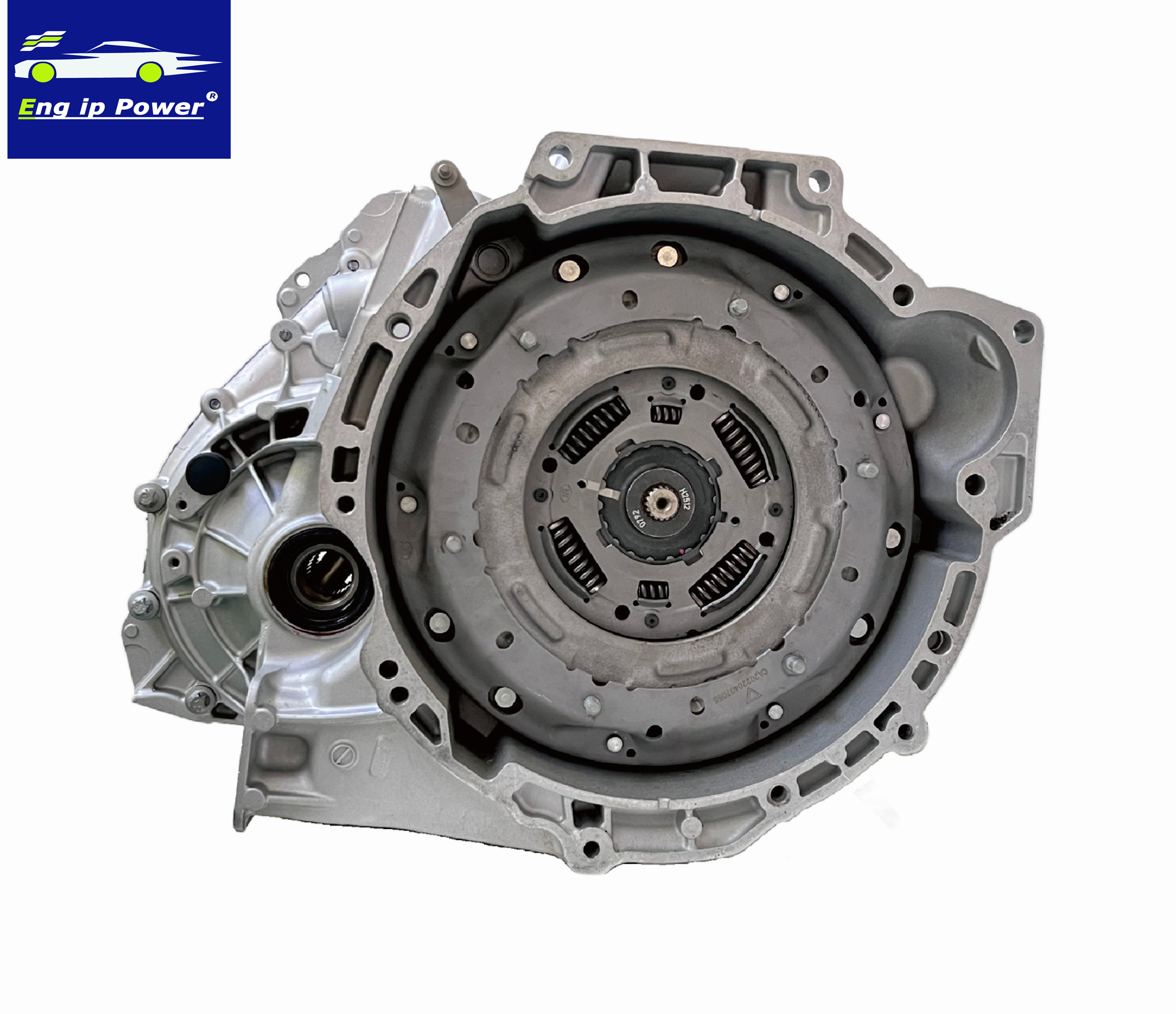The car engine fault light is on, can you continue driving?

When the car engine fault light (often referred to as the "check engine light") comes on, it indicates that the car's onboard diagnostics system has detected an issue. Whether or not you can continue driving depends on the severity of the issue. Here's a guide on what to do if the light comes on:
1. Steady Check Engine Light:
- What it means: This typically indicates a less severe issue, such as a malfunctioning sensor, loose gas cap, or emissions-related issue.
- Can you continue driving? Yes, but with caution. While it’s not an emergency, you should get the issue checked as soon as possible to avoid potential long-term damage to the engine.
-
What to do:
- Check if your gas cap is properly tightened, as a loose cap is a common reason for the light.
- Monitor your vehicle’s performance for any unusual sounds, smells, or handling issues.
2. Flashing Check Engine Light:
- What it means: A flashing light indicates a serious problem, such as an engine misfire, which could lead to severe damage to the catalytic converter or other critical engine components.
- Can you continue driving? No. You should stop driving immediately. Continuing to drive can cause major engine damage and could be unsafe.
-
What to do:
- Pull over to a safe location as soon as possible.
- Turn off the engine and call for roadside assistance or a mechanic.
3. Additional Symptoms to Watch For:
- Engine noises (knocking or sputtering): Indicates a potentially serious issue that requires immediate attention.
- Loss of power or poor acceleration: This could suggest engine misfiring or other significant mechanical problems.
- Unusual exhaust smoke (blue, white, or black): Indicates oil or coolant burning, which may be linked to a serious engine problem.
- Overheating or temperature spikes: Suggests cooling system issues, which can lead to engine damage.
4. Driving Short Distances:
- If the light is steady and there are no other symptoms, driving short distances to a nearby mechanic is generally safe. However, it’s recommended to avoid heavy traffic, high speeds, and rough conditions until the issue is diagnosed.
5. Using a Code Reader:
- If you have an OBD-II scanner, you can plug it into the car’s diagnostic port to retrieve the error code. This will give you an idea of what caused the light to come on and whether it’s safe to drive.
In summary, if the check engine light is steady, you can likely drive for a short time but should have the car checked soon. If the light is flashing, pull over and seek help immediately.
Mail consultation
Please feel free to give your inquiry in the form below.
feature product
Contact Us




